Frondly yours
Opening our eyes to the ancient, freewheeling fern
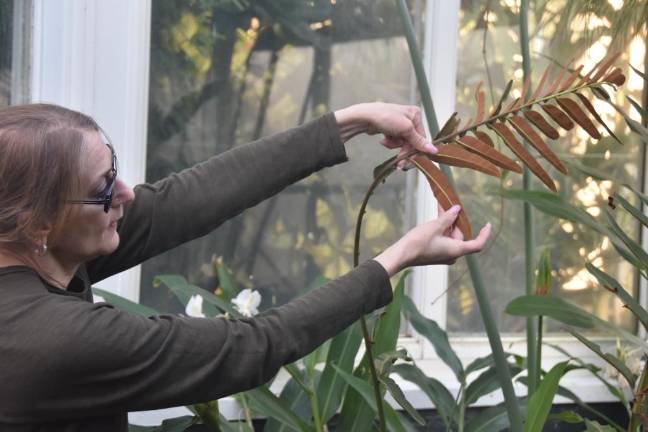
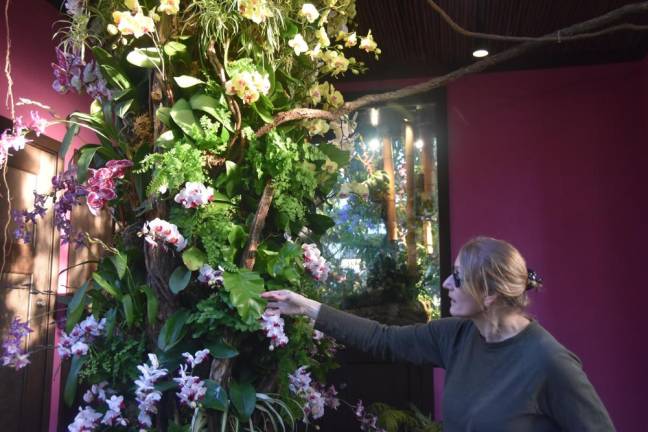
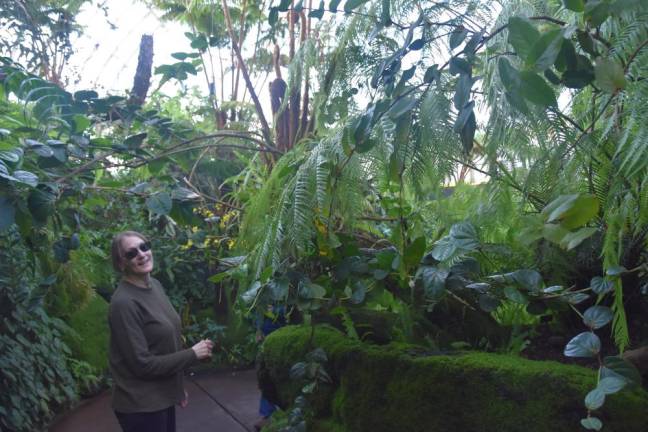
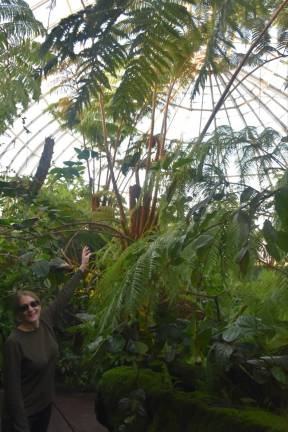
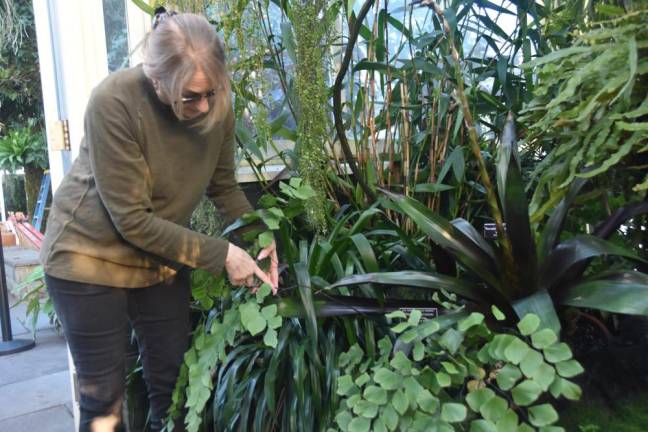
If there’s one thing not to say to Mobee Weinstein, it’s that “they all look the same.” Ferns might fly under the radar, but that’s just because “humans are so trained to see flowers, they’re bright, they’re colorful, they’re showy,” said Weinstein, the foreman of gardeners at the New York Botanical Garden. “The flowers are the bonus, the icing on the cake, the seasonal interest.” They bloom for three weeks, and then what you’re left with is the plant: its texture, size, shade, its subtle idiosyncrasies. And when it comes to a diverse array of show-stopping foliage, Weinstein is eager to persuade you that nothing tops the fern.
Riding the wave of the house plant resurgence, Weinstein just put out a coffee table book, The Complete Book of Ferns, which is unexpectedly spellbinding. Did you know that ferns are maybe our oldest GMO, having scooped up a bit of DNA from a prehistoric moss some 180 million years ago that gave them the ability to thrive in the shade? That they’ve been used to make latex glove powder, fertilizer for rice paddies, clarinet reeds, DIY fireworks and animal bedding? That new ferns are still being discovered, including two – Gaga germonatta and Gaga monstraparva – named for Lady Gaga in 2012?
Ferns have been around in their present form since 100 million years before the T. Rex. In the blip of fernstory that overlaps with human history, we’ve gone through periods where we’ve taken an interest in the flowerless plants in the shady understory, even gotten obsessed. Pteridomania, or fern-fever, had Victorians tramping over the English countryside seeking unusual fern “monstrosities” like kids hunting Pokemon Go characters. In the U.S., fern-fever inspired our first-ever plant protection law in 1869, after a surge of popularity for the Hartford fern – one of Weinstein’s favorites, “a bizarre little” curly grass fern just a few inches tall with fingers coming out the side – as a Christmas decoration.
Then Netflix was invented and humans forgot about ferns. Can we tiptoe back toward that happy medium between loving ferns to death and thinking they all look the same?
Weinstein hopes that her book will pique interest just enough to get people to try growing a fern. If pots aren’t your thing, you can nestle a button fern into the wire cap cover of a prosecco bottle, craft a hanging moss ball called a kokedama or create a fairy garden in a terrarium or an aquarium. Getting your hands dirty is where the real learning happens, said Weinstein, where you start to feel your blood pressure go down and you find yourself wanting more.
A walk through the conservatory cures me of my ignorance. “It’s so nice to have a tropical forest in the middle of the Bronx in winter,” said Weinstein, hearing me inhale deeply as we step from a bleak February late afternoon into the lush jungle.
The New York Botanical Garden’s 250-acre grounds have been Weinstein’s “backyard” since she was born. Her mom used to take her here, an escape from their two-bedroom apartment crowded with siblings and pets. She’s now worked here for almost four decades. When will she retire? a retired former colleague asks, bumping into her in the conservatory. No time soon, she laughs.
Inside the glass building, the famed orchid show happens to be under construction. Every year when they set this show up, said Weinstein, in addition to truckloads of orchids, the designers always say, “we need to get some ferns for filler.”
“The orchids are the filler,” Weinstein teases, talking horticultural smack. “Those gaudy orchids.”
Indeed, underneath arch upon rainbow arch of orchids, the fountain has been drained of water and replaced with a volcano of richly textured ferns. This year’s show, called Kaleidoscope, is designed by Jeff Leatham, floral designer to the stars. After a tall, elegant man passes us in the conservatory, Weinstein whispers that she hasn’t met him yet but that might be Leatham. I’d guessed as much – he was clearly somebody.
Leatham might just be Weinstein’s polar opposite. “Color is the first and most important aspect of my work, always,” says his bio on the botanical garden’s website, next to a picture of him bare-chested in a bed of hot pink and deep purple blooms. “I want every gallery to be a different color experience, like looking into a kaleidoscope.”
“You see orchids and people go nuts,” said Weinstein, contemplating the appeal of the show. “They should’ve named an orchid after Gaga – ‘cause people go gaga for them.”
Weinstein, who has taught horticulture for decades, picks out a fern leaf from an orchid-festooned pillar to show me its ruffled edge, tough and handsome, “almost lasagna” but not quite. She holds up the lacelike maidenhair, “which everyone loves” but is more finicky. We gaze up at the towering tree ferns whose tips scrape the glass ceiling, then into the thicket of its unfurling fiddleheads, which are covered in thick fur like a dirty blonde hobbit. She bends back a large, glossy frond to show its brown underside, carpeted in spores. She props up the polished-looking ebony stems of a silver dollar fern for my contemplation. And here is one of her favorites, the sticklike, leafless whisk fern, which is on the shortlist of houseplants Weinstein keeps in a terrarium along the east-facing window of her Bronx apartment.
We can keep going, Weinstein offers gamely. I demur.
I get it now. I get it. The classic-looking plant I think of as a fern is in fact just one among untold, enigmatic thousands.